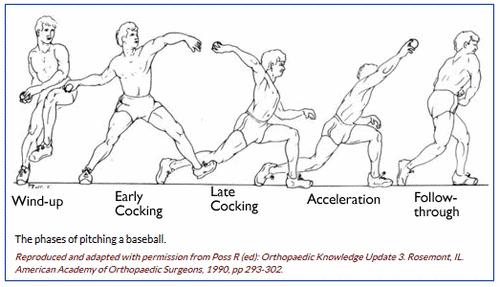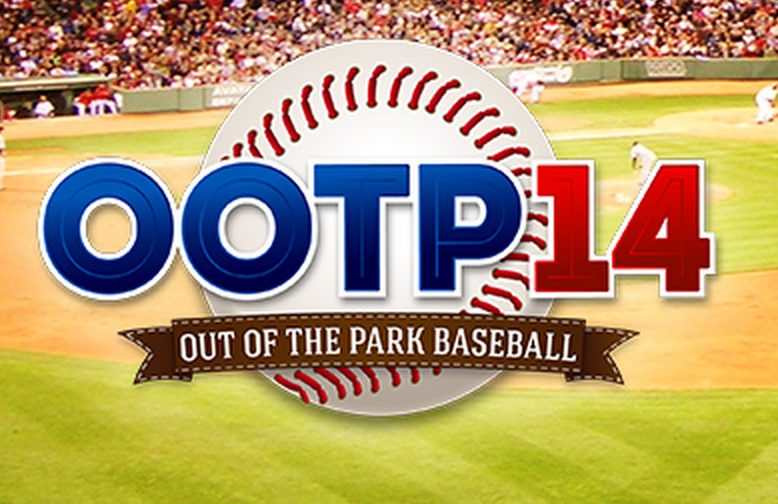


We use a complex formula using all of these factors to determine a pitcher's effectiveness.īatted ball percentages were found at The Hardball Times. For this reason, we combine line drives and flyballs into one stat (airballs) in our pitching formulas.Īnd that's the basis of DIPS Theory. Because it is often difficult to tell which hits are flyballs and which are line drives, those who record these stats are making a subjective opinion on which are which. Line Drives are the worst for pitchers because they turn into outs just 26% of the time. While they turn into outs 75% of the time, they turn into home runs 12% of the time. It also has the added bonus of being turned into a double play at times.įlyballs are the second worst outcome. The groundball is the second most efficient as it never turns into a home run, despite being turned into an out at a slightly worse rate than flyballs (72%). The infield flyball (or popup) is the most efficient as it almost never turns into a hit - just 3% of the time. But now there are many sabermetricians who include all batted ball data in pitcher analysis.

We calculate the rate at which Outfield Flyballs and Line Drives turn into Home Runs and then apply this rate to each pitchers Flyball + Line Drive Rate to get an 'Expected Home Run' total.įor a while this is where DIPS stopped. Due to these factors, in our stats we don't use actual Home Runs rates. Some pitchers also draw the unlucky assignment of facing the wrong hitter at the wrong time, and that hitter decides to hit a home run. Too many conditions, such as differing outfield fence distances, wind factors, and other atmospheric conditions make it impossible to compare HR rates between two pitchers. Home Runs were once thought of as a defense and luck independent outcome, but now there are some who think they are not luck independent. Obviously, walks are a negative event for pitchers. Walks are another important stat for pitchers as they are also defense independent. Due to this, strikeouts are the best outcome a pitcher can hope for as there is no opportunity for him to get unlucky, as he could get if the ball gets put in play. It is now understood in the Sabermetric community that pitchers have little-to-no control over what happens to a ball once it is put in play. Voros McCracken is thought of as the pioneer for Sabermetric Pitching Principles. We'll look at hitting theories later today. We'll start with DIPS Theory (Defense Independent Pitching Statistics). Since many of you reading this may not know much about Sabermetrics, I've decided to go over some of the basic principles so that you can better trust what we're saying.


 0 kommentar(er)
0 kommentar(er)
